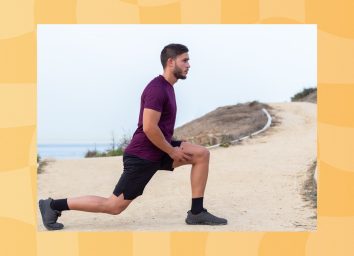These 4 Daily Stretches Actually Improve Your Flexibility

If you're like most people, you spend hours hunched over a desk or stuck in fixed positions that leave your muscles tight and mobility restricted. I've seen this countless times throughout my nearly four decades as a certified personal trainer and group exercise instructor. As the director of TRAINFITNESS, the UK's leading fitness education company, I've helped thousands of people transform their flexibility and overall fitness. Today, I'm sharing my most effective stretching routine that can help you move better and feel less stiff. Here's exactly what you need to know to get started.
Why Daily Stretches Matter for Flexibility
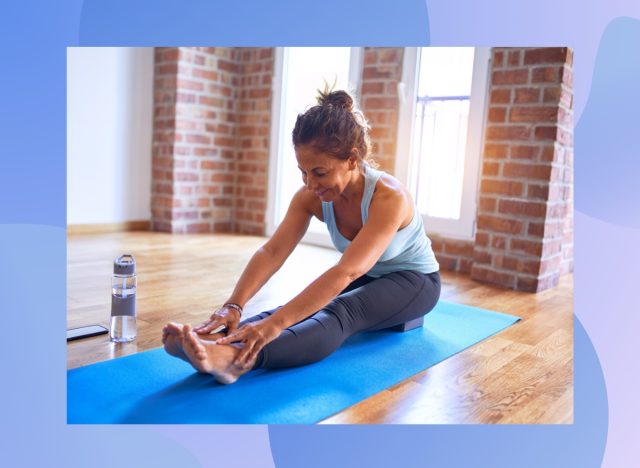
Daily stretches create changes in muscle tissue and connective structures through consistent stimulus. When you stretch daily, your body adapts by lengthening muscle fibres and increasing tendon and ligament elasticity. This happens gradually – stretching once a week isn't enough stimulus for change.
Daily stretching also helps maintain good movement patterns. Most people spend hours in fixed positions which shortens muscles and restricts mobility. Daily stretching counteracts this, keeps joints mobile and muscles supple.
4 Daily Stretches to Improve Flexibility
Forward Fold (with Hamstring Focus)
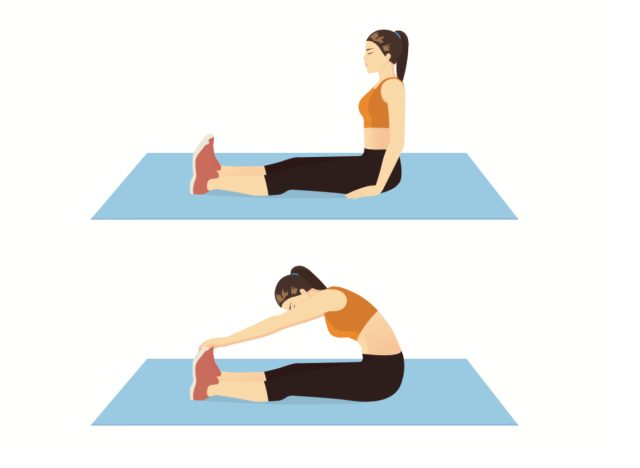
How to do it:
- Stand with feet apart (approximately the width of your hips)
- Hinge at the hips (keeping your back straight) to bend forwards
- Allow your arms to hang down or hold opposite elbows
- Keep your knees slightly bent to protect the lower back
- Hold for 30-45 seconds, repeat 2 to 3 times.
Beginner version:
Sit on a chair and reach for your toes.
Common mistakes:
- Rounding your lower back
- Locking the knees
- Bouncing or forcing the stretch.
Hip Flex or Lunge Stretch
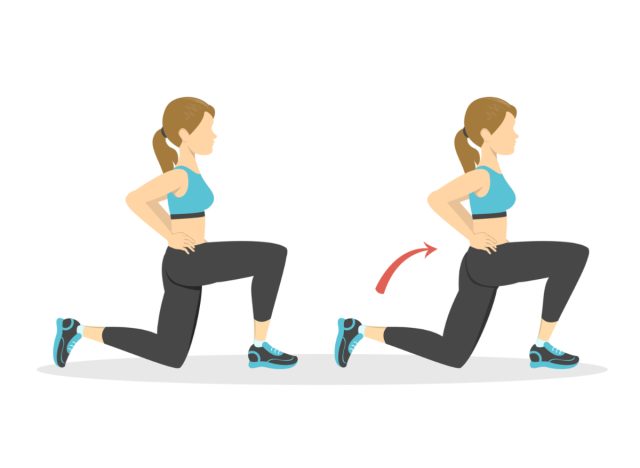
Instructions:
- Get into a lunge position with your back knee on the ground
- Keep your upper body straight
- Gently push your hips forward
- Contract your abs and glutes (engage the core)
- Hold for 45-60 seconds on each side.
Beginner version:
- Bring your back knee toward your front foot.
Common mistakes:
- Bending forwards instead of remaining straight
- Not engaging your core
- Letting your front knee go past your toes.
Thoracic Spine Rotation
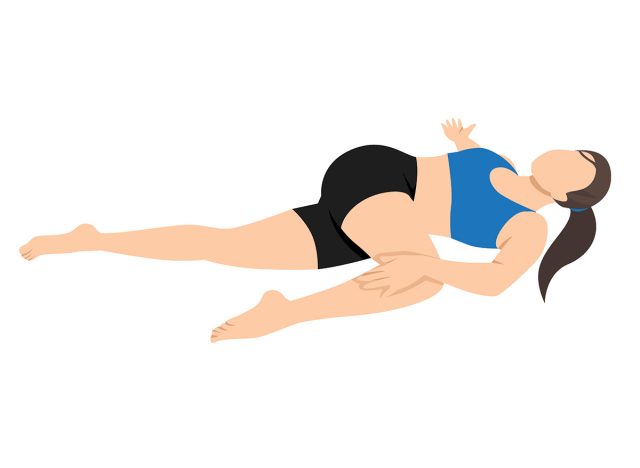
Instructions:
- Lie on your side with your knees bent at 90 degrees
- Extend your top arm straight out
- Rotate your upper body and follow your hand
- Keep your hips stable and your knees together
- Aim for a 30-second hold on each side.
Beginner version:
Reduce the range of motion and only rotate as far as comfortable
Common mistakes:
- Lifting the top knee
- Forcing rotation beyond the comfortable range
- Not keeping your head aligned with the movement.
Cat-Cow Spinal Flow
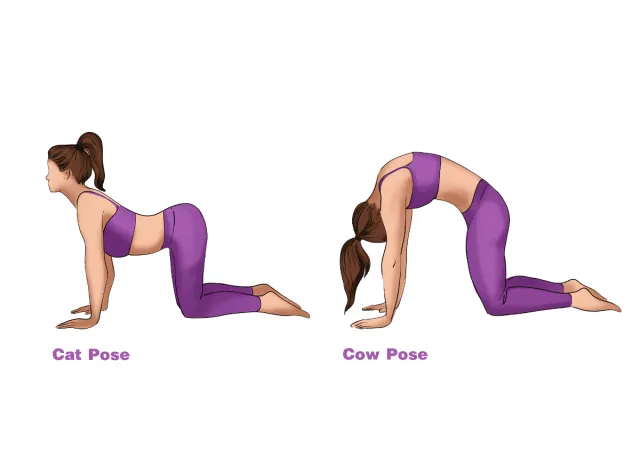
Instructions:
- Begin on hands and knees
- Alternate between arching (cow) and rounding your spine (cat)
- Keep the movements slow and controlled
- With every movement, take a deep breath
- Repeat 10-15 times.
Beginner version:
Reduce range of motion, focus on breathing
Common mistakes:
- Moving too fast
- Not breathing with movement
- Collapsing through the shoulders.
How to Make These Stretches Part of Your Daily Routine
For most people, morning stretching is the way to go. Your muscles are stiff from sleep and it's a perfect time to work on flexibility. It's a 10-minute routine that you can fit into most mornings.
If mornings don't work for you, do these stretches any time you can dedicate time each day, whether that's during lunch breaks or in the evening wind-down. It doesn't matter when you do it – the important thing is consistency.
Other Factors That Impact Your Flexibility
Hydration is incredibly important. Muscles that are dehydrated are less flexible and more resistant to stretching. Sleep also contributes significantly to flexibility – muscles that are tired are tighter and less responsive to stretches.
Exercise intensity impacts your flexibility progress. While regular movement helps, you should avoid a full stretching routing after an intense workout. Aim to do the full routine either earlier or later in the day on those days.
What to Expect After 30 Days
After completing 30 days of this stretching workout consistently, you should notice your range of motion improving in your daily activities. Most people feel less stiffness in the morning and their muscles feel less tense throughout the entire day.
Measurable improvements vary, but many people gain 2-4 inches in forward fold reach and 10-15 degrees in hip flexor mobility. More importantly, you'll develop better awareness of your body's movement patterns.
Keys to Stretching Success
Consistency is more important than intensity. Regularly stretching gently will give you better results than going harder but only sporadically. You should never force a stretch until it's painful. Discomfort is normal but actual pain is an indicator that you could be causing damage.
Keep measurements of how far you can stretch or document with photographs or video – this will help you keep track of progress. Knowing you're improving is motivating and can give you an indication of when you might need to change the routine.
Improvements in your flexibility are slow – they won't happen overnight. Be patient and persistent, much more important than absolutely perfect technique. And if you enjoyed this article, don't miss How Long Your Walking Workout Should Be To Shrink Belly Fat.



